At first sight, Flamerush Rider has two abilities. As a matter of fact, the short keyword Dash has a whole lot of three abilities hidden behind it! There are also delayed triggers roaming around. As you can imagine, we have plenty to enjoy.
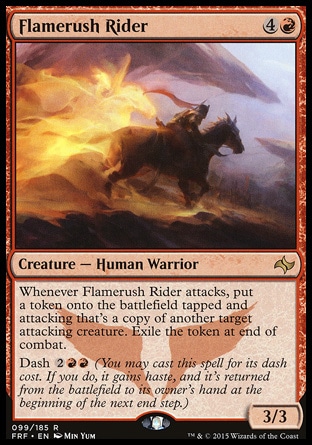
Oracle Text:
Creature — Human Warrior
Whenever Flamerush Rider attacks, create a token that’s a copy of another target attacking creature and that’s tapped and attacking. Exile the token at end of combat.
Dash {2}{R}{R} (You may cast this spell for its dash cost. If you do, it gains haste, and it’s returned from the battlefield to its owner’s hand at the beginning of the next end step.)
Abilities like Flamerush Rider’s first one have already been reviewed in our articles, such as Geist of Saint Traft and Hero of Bladehold. There is pretty much nothing special except for the fact that this ability creates not just a token, but a token that’s a copy of target attacking creature. There are some surprises with that.
“Whenever Flamerush Rider attacks, put a token onto the battlefield tapped and attacking that’s a copy of another target attacking creature. Exile the token at end of combat”.
- Whenever — is the signal word for triggered ability, for which the triggering event is:
- Flamerush Rider attacks — this phrase means that the trigger is expecting Flamerush Rider to be declared an attacker at the declare attackers step. The trigger will not go off if Flamerush Rider becomes attacking in a different way, for instance, if it is put on the battlefield attacking (Yore-Tiller Nephilim).
- put a token onto the battlefield tapped and attacking that’s a copy of another target attacking creature. Exile the token at end of combat — if the trigger resolves, we get this effect.
This trigger has a target. The target is defined when putting the trigger on the stack. Its legality is checked twice: when it is chosen and when the trigger resolves. If, at the time the trigger is put onto the stack, there are no legal targets, the trigger is simply removed from the stack and nothing happens. If the target becomes illegal by the moment the trigger would resolve, it is countered and nothing happens either.
In Two-Headed Giant you may target an attacking creature controlled by your teammate.
If the trigger resolves, you get a token copy of a target attacking creature. The token will appear on the battlefield tapped even if the original has Vigilance.
According to the rules, only copiable values are copied:
706.2. …The “copiable values” are the values derived from the text printed on the object (that text being name, mana cost, color indicator, card type, subtype, supertype, rules text, power, toughness, and/or loyalty), as modified by other copy effects, by its face-down status, and by “as … enters the battlefield” and “as … is turned face up” abilities that set power and toughness (and may also set additional characteristics). Other effects (including type-changing and text-changing effects), status, and counters are not copied.
For a card, the original values are printed on the card and may be changed by copying effects, permanent status (face down, flipped, transformed) and abilities like “when … enters the battlefield” and “when … is turned face up”.
For a token, the effect creating this token defines the copiable values.
Neither counters on the creature, nor Auras and Equipments attached to it are copied. All effects altering color, types, power, toughness etc. are ignored, including effects that “animate” permanents, i.e. grant them the creature type, permanently or temporarily. If the resulting token copy is not a creature, it cannot attack of course (however, it will still enter the battlefield tapped).
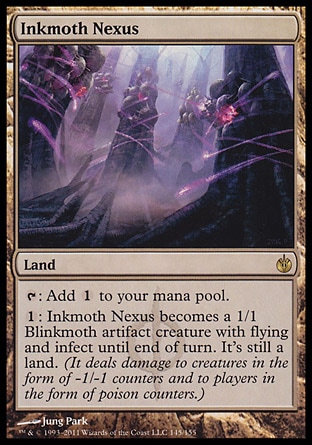
The copy of an animated Nexus is a non-animated land and cannot attack. Thing is, “animation” is a type-changing effect which does not modify the copiable values.
When copying a monstrous Fleecemane Lion with six +1/+1 counters, you will get a non-monstrous Lion without counters, because counters are not copied, and monstrosity is a condition of a permanent not included in its copiable values.
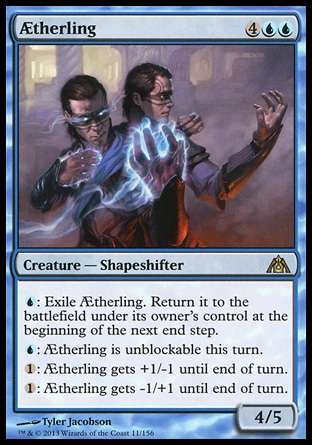
When copying Aetherling which has gained some effects from its abilities, you will get the original Aetherling. As long as you have mana, you are free to use the resulting copy’s abilities.
The copy of Clone will have the copiable values of the creature which that Clone copied.
When copying a manifested card, you will get a 2/2 creature “with nothing” which will never be turned face up because it doesn’t have a face.
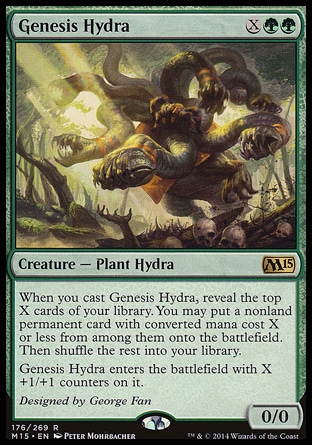
X in the mana cost is zero when copying. So if you copy a Genesis Hydra with heaps of counters, you will get a 0/0 hydra token.
The token enters the battlefield tapped and attacking (provided it can attack). When it enters the battlefield, you choose whom the token is attacking. This choice doesn’t depend on whom Flamerush Rider is attacking. Besides, the token doesn’t fall under restrictions for declaring attackers.
If Flamerush Rider is bound to attack the opponent’s Gideon Jura thanks to his first ability, the token created by its effect will be able to attack whoever you choose.

If the cunning opponent controls Ghostly Prison, you will not have to pay {2} for the token.
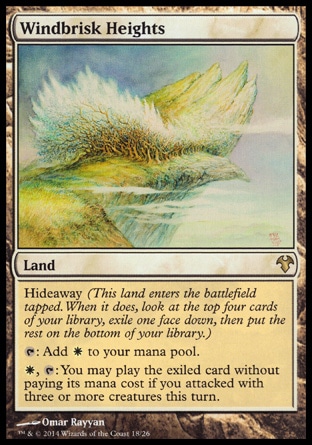
If you declare only two creatures attacking, one of which is Flamerush rider, you cannot activate Windbrisk Heights’ ability. You have three attacking creatures, but only two of them have been declared attacking.
Aside from the token, the effect of Flamerush Rider’s ability creates a delayed trigger.
Exile that token at end of combat.
- at — trigger signal word;
- end of combat — is the triggering event: the end of combat step has begun.
- Exile that token — is the trigger effect. A token that enters the exile zone ceases to exist upon the nearest SBA performing.
The delayed trigger is created when Flamerush Rider’s ability resolves. It is not an ability of the token copy, it cannot be removed by effects like “loses all abilities” and cannot be copied.
The existence of the delayed trigger does not depend on whether Flamerush Rider is present on the battlefield.
Such delayed trigger only goes off once. If it is countered, it will never trigger again.
No matter what happes to the token (change of control or turning to frog), the trigger will track it and exile it.
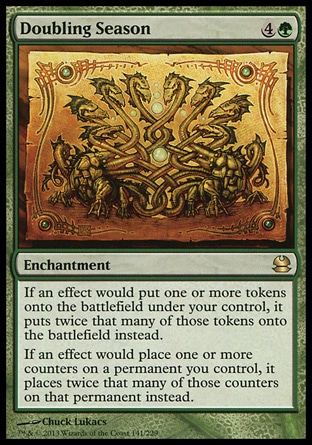
Doubling Season’s effect allows you to put two token copies of target creature onto the battlefield. They will both enter the battlefield tapped and attacking. The delayed trigger will be tracking both tokens: when it resolves, all tokens that appeared through its effect will be exiled.
Turn to Frog will not save the token from being exiled. The delayed trigger will find it even as a frog without abilities and exile it.
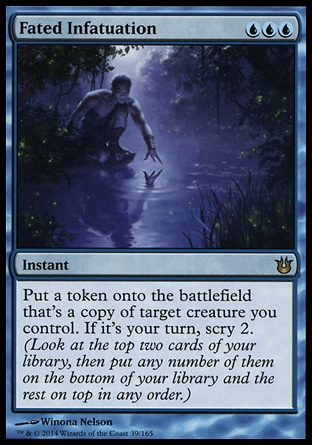
If you copy the resulting token, the copy of the token will not be related to the delayed trigger.
When the delayed trigger resolves, the player is instructed to exile only the token or tokens that were created through Flamerush Rider’s effect.
Dash
702.108a. Dash represents three abilities: two static abilities that function while the card with dash is on the stack, one of which may create a delayed triggered ability, and a static ability that functions while the object with dash is on the battlefield. “Dash [cost]” means “You may cast this card by paying [cost] rather that its mana cost,” “If this spell’s dash cost was paid, return the permanent this spell becomes to its owner’s hand at the beginning of the next end step,” and “As long as this permanent’s dash cost was paid, it has haste.” Paying a card’s dash cost follows the rules for paying alternative costs in rules 601.2b and 601.2e–g.
If you have read this entire bureaucratic piece of writing and understood everything, I praise you.
Let’s figure this all out at Flamerush Rider’s example, who has the Dash cost {2}{R}{R}.
The first ability is simple. It allows us to cast Flamerush Rider at an alternative cost.
You need to remember four things here:
- Abilities that allow paying an alternative cost normally do not change the process of casting the spell. If they do, it is specified explicitly, like Flashback allowing the card to be played from a graveyard. Dash does not have any specifications, which means it does not modify the normal process in any way. If another effect allows casting Flamerush Rider in an alternative way (for example, from exile, or at instant speed), you can use the alternative cost. Note that only one alternative method of casting a spell may be applied, too.
- If you have multiple alternative costs to choose from, you may only use any one. “Without paying its mana cost” is also an alternative cost.
- Effects increasing or reducing the spell cost affect alternative costs.
- The way you pay for the spell, and the total amount of everything you pay for the spell do not affect the spell’s mana cost and mana value.

If you control a tapped Centaur Omenreader, casting Flamerush Rider with Dash costs {R}{R}.
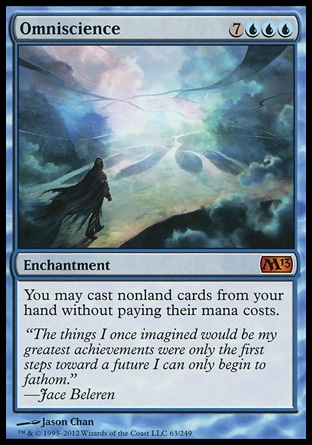
While you control Omniscience you either cast Flamerush Rider with Dash or without paying its mana cost. You cannot say you are using Dash and freebie it into play.
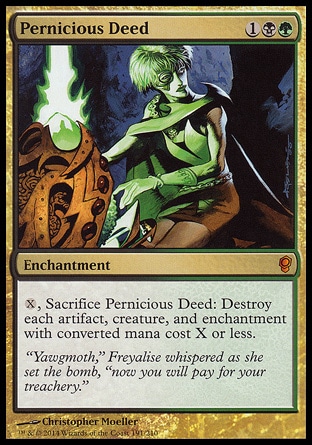
It doesn’t matter how you have played Flamerush Rider and how much total mana you have paid in process. Its mana cost is {4}{R}, and its mana value=5.
If you choose to use the option of paying the Dash alternative cost, the second static ability creates a delayed trigger:
"Return the permanent this spell becomes to its owner’s hand at the beginning of the next end step".
- at — is the trigger signal word;
- the beginning of the next end step — is the triggering event. “Next” means the nearest one to happen.
- Return the permanent this spell becomes to its owner’s hand — is the trigger effect.
- You can only return the card to the hand if, by the time the delayed trigger resolves, the permanent is still on the battlefield and is the same object.
- The creature returns to the owner’s hand regardless of who is controlling it at the moment.
How can I avoid returning the dashed card to my hand?
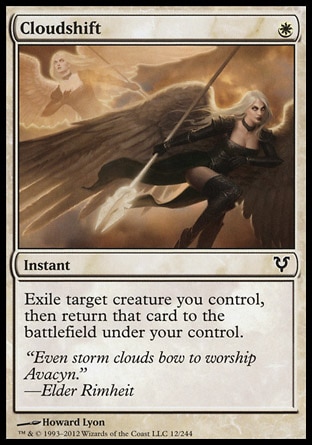
My favorite way is to make it into a new object by changing its zone (blinking).

Since the delayed trigger only triggers once, at the next end step, countering it will rid of it for good.
Finally, the third ability concealed behind the word Dash gives Flamerush Rider haste. It doesn’t pertain to copiable values, so it is not copied.
What happens if a player forgets his triggers?
The trigger of Flamerush Rider is targeted. It will be considered missed if you do not announce the target before you next gain priority.
If you play with a forgetful opponent in a tournament at competitive REL or higher, and you want him to get the token for some reason, you may call the judge in to report the missed trigger. If you don’t really want to face another attacker, you may keep it to yourself. After your opponent misses a trigger, he may no longer choose whether to restore it, you may instead.
In a tournament at regular REL you may also keep it to yourself, but the judge may allow the opponent to put the trigger on the stack and resolve it.
Both delayed triggers move the object to another zone. Such triggers do not have validation time. The situation will be fixed even if several turns have passed since the moment the error was committed. As soon as a player realizes that the token wasn’t exiled or the Rider didn’t return to the owner’s hand, they should call a judge immediately.
At regular REL the judge will just exile the token/return the Rider to the hand. At competitive REL the judge will ask the opponent when to exile the token/return the Rider to the hand: immediately or at the beginning of the next phase.
- ⇑ If you attack with two Riders, you may choose the other for any one’s trigger.
Translated by Witas Spasovski


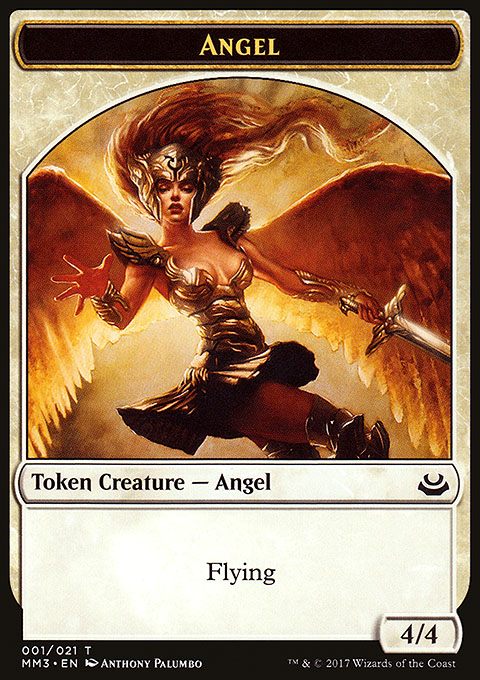
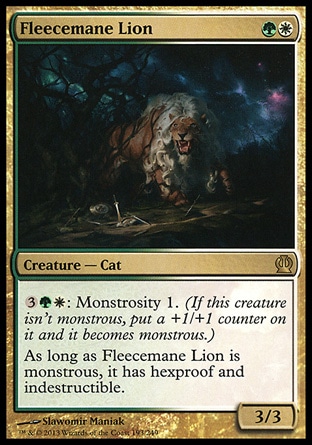


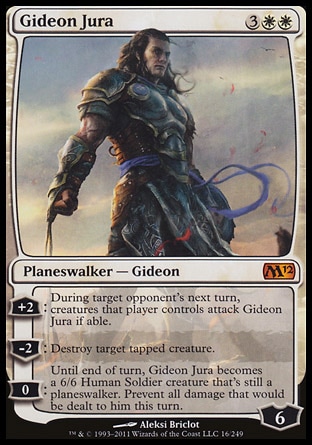
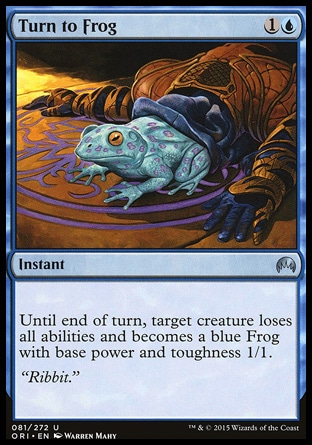
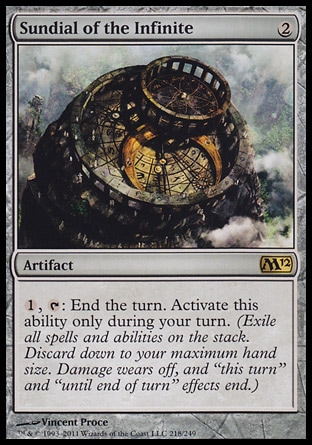
Imagine you declare Geist of Saint Traft and Flamerush Rider attackers.
Two triggers go off, and you choose the order in which you are putting them onto the stack. When you put the Rider’s trigger on the stack, you need to choose a target. At this moment you only have one legal target — the Geist. The Rider cannot target himself, and the Angel token isn’t on the battlefield yet.
When the copy of Geist appears on the battlefield, its trigger “whenever this creature attacks” doesn’t happen because the copy was never declared attacker. Furthermore, you will be controlling two legendary permanents with the same name, and the legend rule will have to be applied.